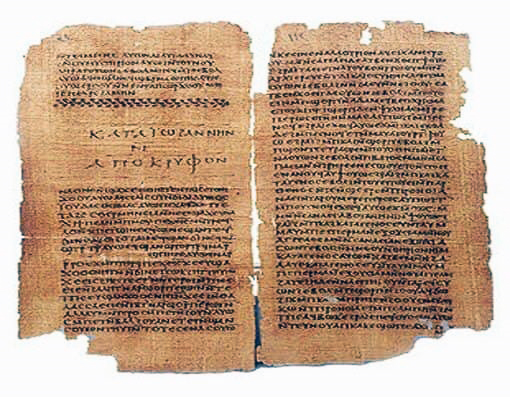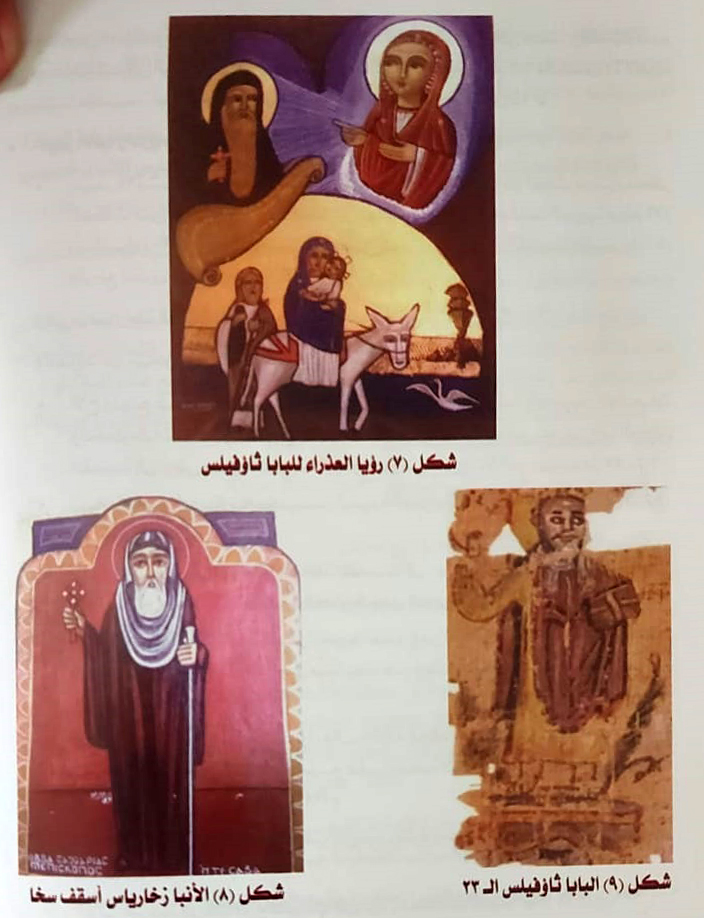Journey of the Holy Family in the writings of historians

The Holy Family’s trip received the attention of many writers and historians who were interested in investigating and documenting the itinerary in Egypt, from the Al-Farama area in El-Arish to the Monastery of the Virgin in the Drunka mountain in Assiut.
It was mentioned by the historian Palladium, Bishop of Heliopolis. Who visited Egypt at the end of the fourth century AD; Where he said he met a priest named Apollon; And he said, “We met with a priest named Apollo who lived in the Upper Egypt region in the Ashmounin region, where the Savior came with Saint Mary and Joseph.”
Also mentioned by the historian Suzumin (400-450 CE), he also spoke about the presence of a ficus tree in the city of Ashmounin.

historian Suzumin (400-450 CE)
However, the oldest existing source that took up the entire route of the journey is the Memim (a Syriac word meaning biography or remembrance) written by Pope Theophilus (385-412 AD), Patriarch of the Coptic Church No. 23; He wrote it in the Coptic language; then it was translated into Arabic by Father Jacob, the head of the Monastery of Muharraq on Saturday, November 18, 1284 AD; and the oldest copy of it is in the Vatican Library under No. (698 Arabic); and its copy dates back to 1371 AD;
Also, the manuscript is located under No. (381/15 Sir) in Deir Abu Makar; its copy dates back to the fourteenth century AD. There is also a manuscript preserved in Deir al-Muharraq dating back to the 19th century under the number Maimir (12/42)

Pope Theophilus (385-412 AD), Patriarch of the Coptic Church No. 23

First page of the manuscript of the vision of Pope Theophilus

the manuscript is located under No. (381/15 Sir) in Deir Abu Makar;
its copy dates back to the fourteenth century AD





